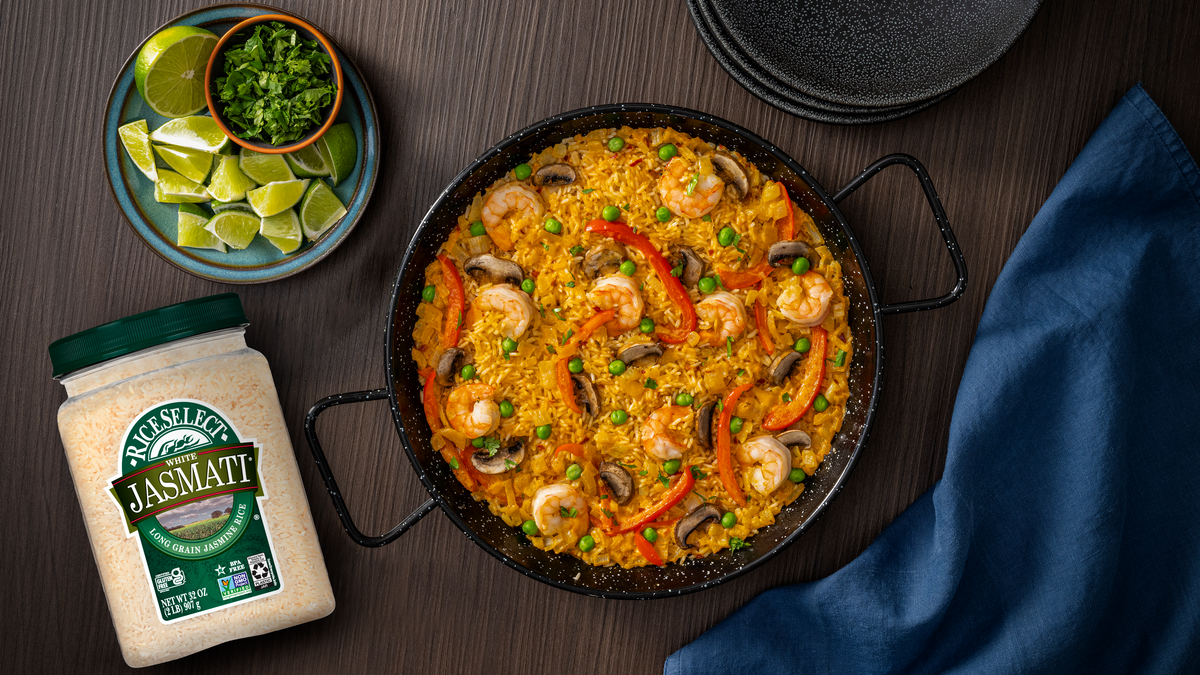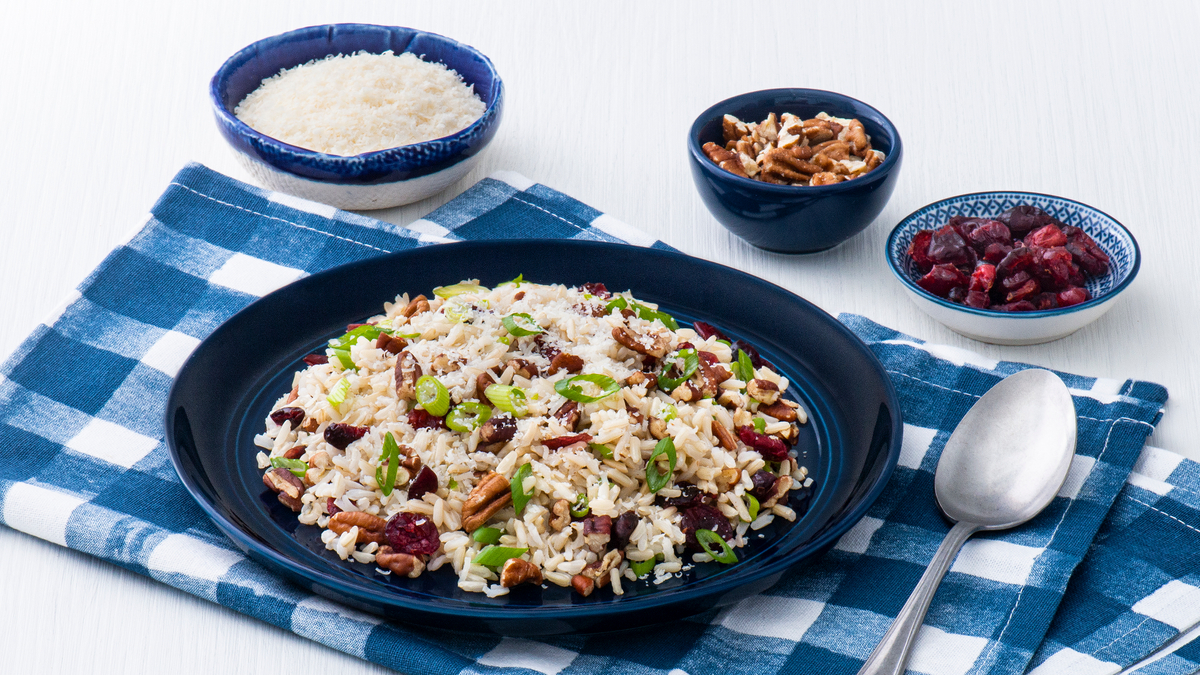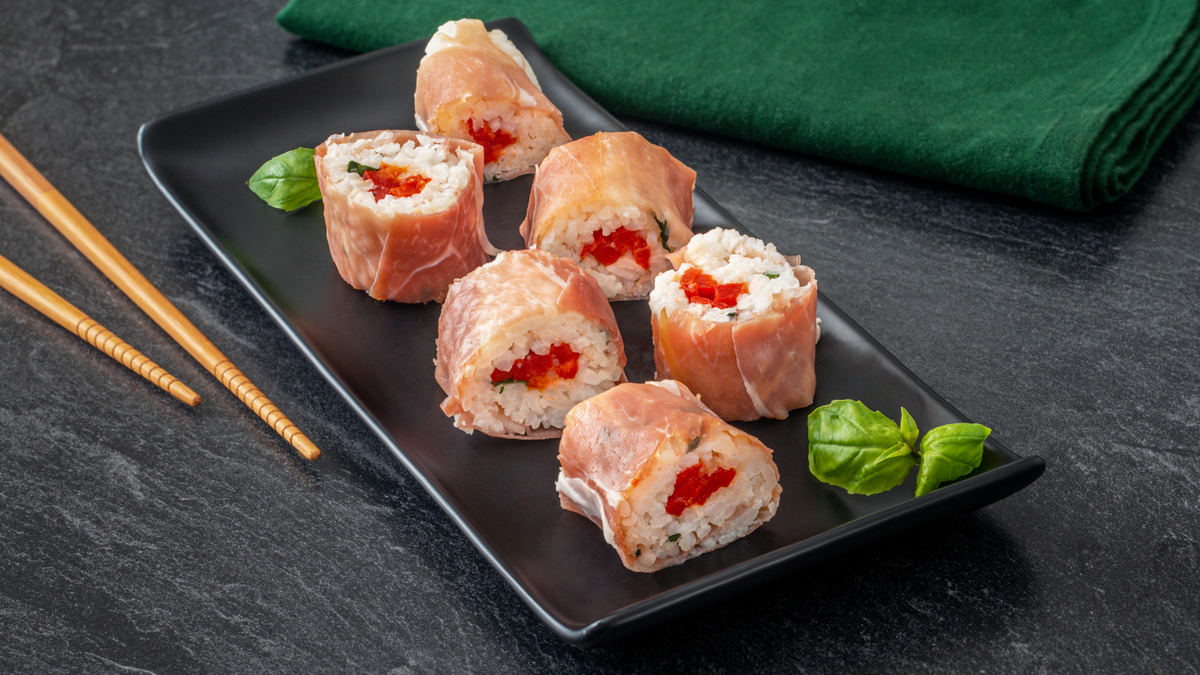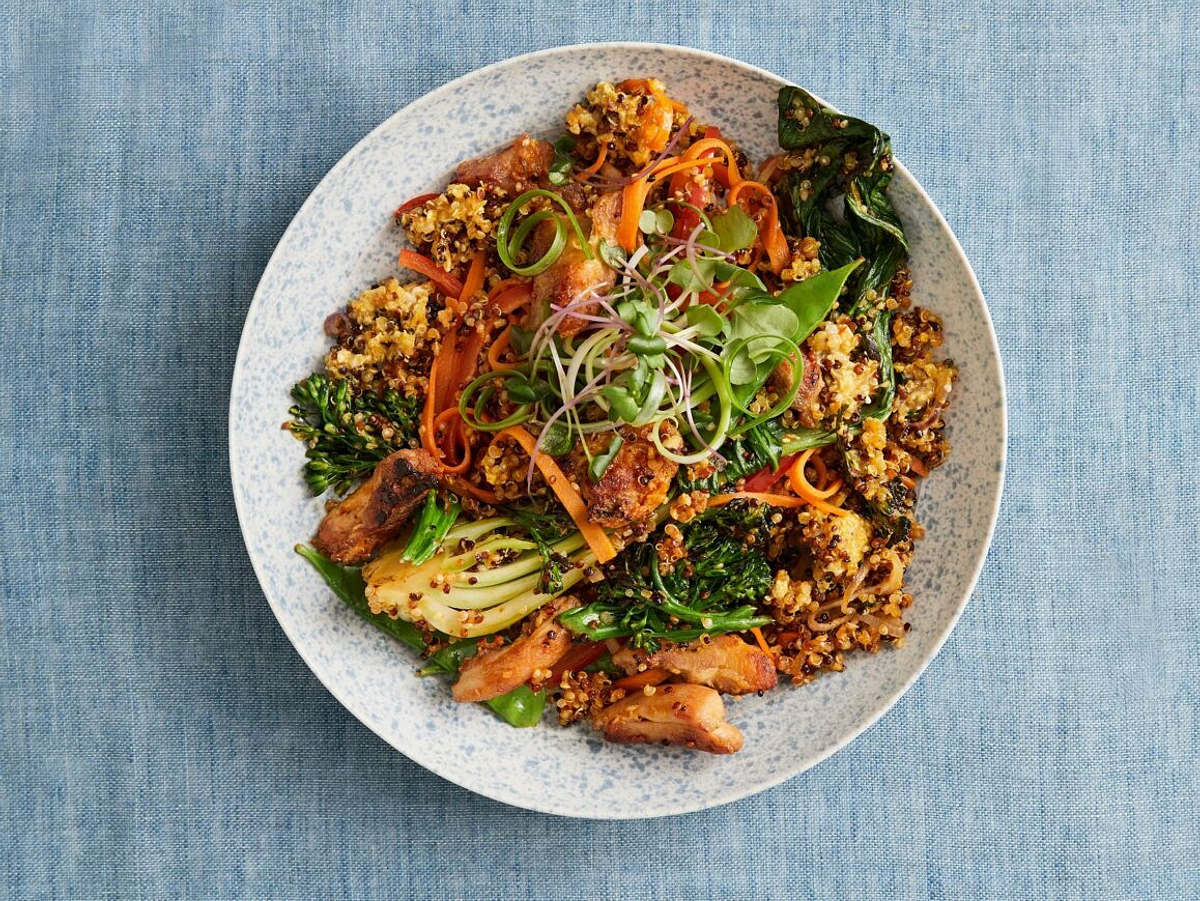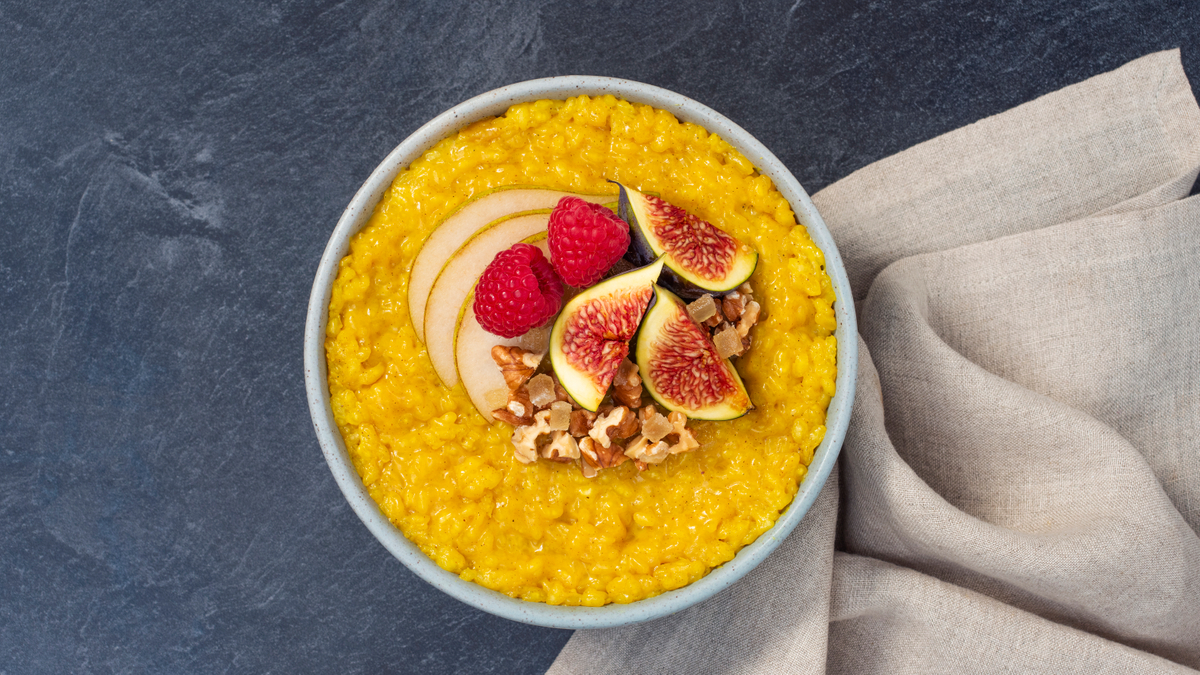It’s official: we are living in a golden age for good food! World cuisine has become more accessible than ever before, and people from all backgrounds are starting to shake up traditional meals with exciting new flavors. This new emphasis on experimentation and creativity in cooking can perhaps be attributed to the dual phenomena of fusion and third culture cooking. But what exactly do each of these entail? Let’s find out!
Origins of Third Culture Cuisine
The term ‘third culture’ was first used to describe the children of Americans living and working abroad. It referred to the experience of children growing up under the influence of two distinct cultures and coming to identify with both. Nowadays, the term is also applied to the children of immigrants growing up in the USA. These children are in a unique position to experience the culture of their parents’ country at home—through food, music, and language—while at the same time becoming an integral part of the community of their adopted culture. Third culture cuisine, consequently, is the flower of this cultural phenomenon, and consists of second and third generation immigrants bringing the influences of their parents and grandparents cooking techniques to bear on modern American classics.
What’s the difference between third culture cuisine and fusion cooking?
Many people believe that third culture food is simply another name for fusion cooking. Although there are similarities between the two concepts, there are also important differences. Fusion cooking simply refers to the amalgamation of two or more disparate culinary cultures in a dish or a restaurant theme. The creator of a fusion dish need not have any connection with the cultures from which the recipes are derived other than a deep appreciation of their flavors. Third culture cuisine emphasizes a stronger connection between the recipe creator and the cuisines in question. Whereas fusion recipes are an exercise in culinary creativity, third culture cooking is a way of life.
Thai Food Twist on Paella Recipe
Asian food has become one of the most popular cuisines, not only in the USA but around the world. Perhaps that’s why it’s become synonymous with both third culture and fusion cooking. In this recipe for Shrimp Thai Curry Paella, two distinct dishes from opposite sides of the world combine to bring you a meal that’s as dazzling as it is original. Try it for yourself and you won’t be disappointed!
Rice Pilaf Recipe with Cranberry
For a middle-eastern dish with American flavors, try this Cranberry Pecan Rice Pilaf. Both cranberries and pecans are native to the Americas and wouldn’t normally find their way into pilaf recipes. But that’s where third culture and fusion cooking comes in! Here we take the fragrant elements of a traditional pilaf dish with nutty Organic Texmati® Brown Rice and cook it in chicken broth. Then we add sweet, juicy cranberries and crunchy pecans to the mix for a savory rice dish that’s both fruity and satisfying.
Unique Italian Take on Sushi
Could there be two more beloved cuisines in the whole world than those of Japanese and Italian? One brought us pizza while the other brought sushi. We have a lot to be grateful for! But have you ever wondered what an Italian take on sushi would look like? Look no further. This Italian Sushi recipe is a simple yet delicious way to enjoy the flavors of these distinctive cuisines. Taking RiceSelect® Sushi Rice and combining it with staple Italian ingredients such as prosciutto, parmesan cheese, and basil leaves, it’s a recipe that will get everyone talking at your next gathering.
Indonesian Classic with Flavors of the Andes
One of the features of third culture cuisine is resourcefulness. Oftentimes, necessity is the mother of invention. Perhaps one of the key ingredients for a recipe is not readily available in the adopted country of the chef. Or else, another ingredient is simply more plentiful and gets the creative juices flowing. Nasi Goreng is often described as the national rice dish of Indonesia. In our recipe for Quinoa and Chicken Nasi Goreng, we’ve simply substituted the rice component for RiceSelect Tri-Color Quinoa, resulting in a nutty and protein packed homage to a classic South Asian recipe that’s inspired by third culture cooking techniques.
Innovative Dessert in Third Culture Cuisine
Finally, no meal is complete without a delicious dessert to cap things off. This Golden Milk Sticky Rice Pudding takes its inspiration from the turmeric-infused Indian beverage known as golden milk. It adds an extra, herbaceous dimension to the humble rice pudding dessert. True to third culture form, it reimagines a classic dessert dish by incorporating the flavors of the cuisine of their heritage.
Celebrate Diversity through Food
Whether you’re looking to get creative with fusion recipes, or curious to learn more about the phenomenon of third culture cuisine that has been taking the cooking world by storm, there’s simply no better way to celebrate diverse culinary arts than to get in the kitchen and experiment with flavors. At RiceSelect®, we love exploring food from all over the world. If you’re just as eager as we are to discover new flavors, be sure to follow us on our blog, where we showcase exciting new recipes and provide expert cooking tips.

